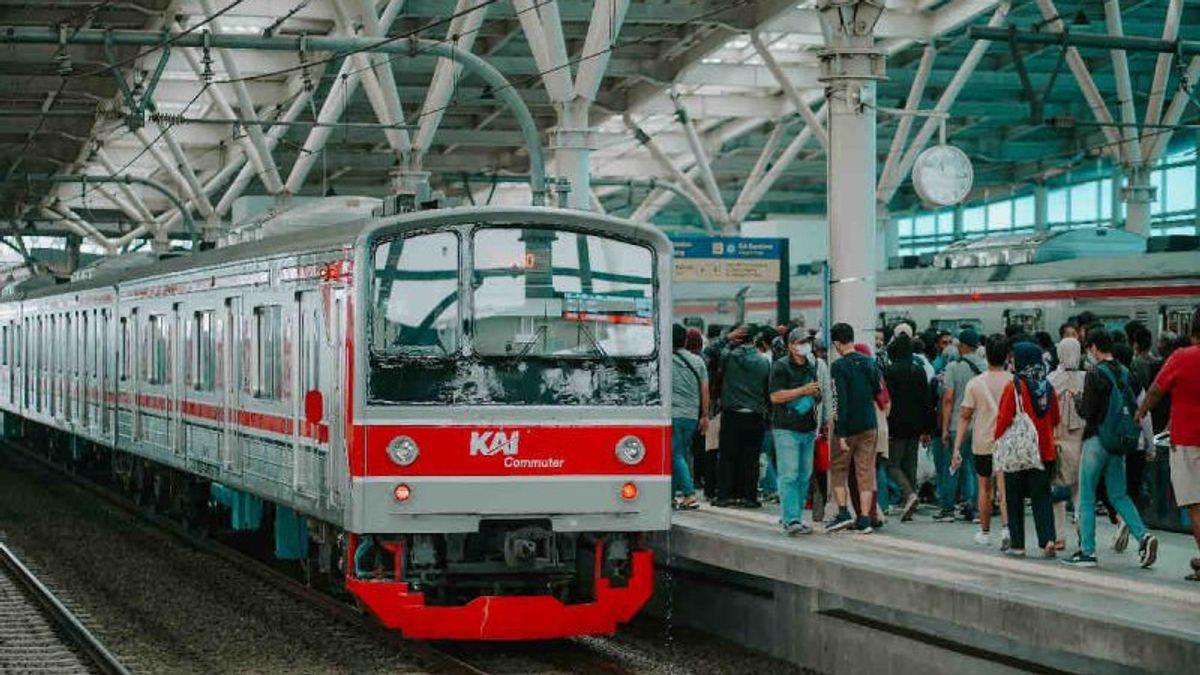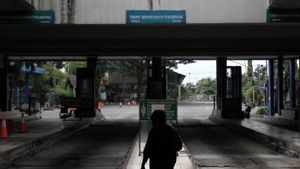PT Kereta Api Indonesia (KAI) recorded a positive performance by serving 333,371,342 passengers in the Jabodetabek area from January to November 2024.
"From January to November 2024, KAI Group recorded a total of 333,371,342 passengers who had taken advantage of rail transportation services in the Jabodetabek area," said KAI Vice President Public Relations Anne Purba in a statement in Jakarta, Sunday, December 8, which was confiscated by Antara.
According to him, this achievement reflects the high public trust in mass transportation modes that are environmentally, efficient, and sustainable managed by the KAI Group.
He detailed that the number consisted of 9,714,046 passengers using long-distance and local train services operated by KAI Operational Area 1 Jakarta, 18,891,719 passengers of the Jabodebek LRT.
Then the kmesh service managed by KCIC recorded 5,436,535 passengers. Meanwhile, the Commuter Line, which is the mainstay of daily mobility in Jabodetabek, recorded the most users with fantastic numbers, namely 299,329,042 users.
He explained that train efficiency can be seen from the large carrying capacity. In one road, 1 long-distance train series consists of 8 to 14 passenger trains with a capacity of up to 1,120 seats.
"When compared to private cars with a capacity of 7 people or motorbikes with a capacity of 2 people, 1 train trip can replace 160 cars or 560 motorbikes," he explained.
According to him, the high enthusiasm of people using trains can contribute significantly in reducing carbon emissions and air pollution in Jabodetabek.
"The Ministry of Transportation also said that the emissions produced by trains are much smaller when compared to cars or planes. Within 200 miles of travel, the emissions produced by cars or aircraft are 5 times compared to trains," he said.
Based on research from the UK Department of Business, Energy and Industrial Strategy via Our World in Data, the equivalent emissions of CO2 per passenger per km per km on trains are 41 grams, a motorcycle of 103 grams, and a car of 192 grams.
Thus, train travel with passengers only produces 45,920 grams of CO2 per km, much lower than motorcycles of 115,360 grams of CO2, and cars of 215,040 grams of CO2.
SEE ALSO:
For example, the Commuter Line 1 series of trips consists of 8 to 12 trains with a maximum capacity of 3,000 customers. The number of 1 series of Commuter Line is able to replace the use of 428 private cars and 1,500 motorbikes.
With more and more people turning to rail transportation, train customers managed to significantly reduce CO2 emissions. Every day, rail use reduces by about 2,141 tons of CO2 and in a year the total reduction reaches around 780,528 tons of CO2.
This impact is very large on the quality of air in Jabodetabek, contributing to creating cleaner and healthier air for the community.
"KAI Group continues to be committed to supporting the habit of people turning to mass transportation that is more environmentally friendly. This effort is in line with our goal of creating a more sustainable future, as well as supporting one of the achievements of SDGs in Indonesia," said Anne.
With the increasing public awareness of the importance of protecting the environment, Anne said KAI Group is optimistic that it can continue to contribute to reducing air pollution in urban areas.
The English, Chinese, Japanese, Arabic, and French versions are automatically generated by the AI. So there may still be inaccuracies in translating, please always see Indonesian as our main language. (system supported by DigitalSiber.id)


















